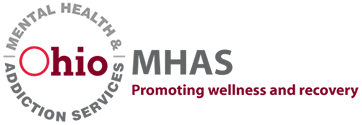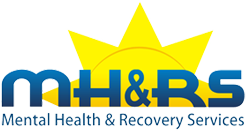What You Need to Know about Suboxone
Suboxone helps treat opioid addiction by tricking the brain into thinking it is getting the problem opioid, but without the highs, cravings, or withdrawals. As a result, the patient can begin to feel like themselves again, but without the problem addiction behavior. Used in conjunction with counseling and other non-pharmacological supports, medication-assisted therapy can can be a very effective tool in the recovery process.
What Is Suboxone?
Suboxone combines two different drugs: buprenorphine and naloxone. Buprenorphine releases very low opioid doses to patients who are already addicted to a stronger opioid. Naloxone blocks the effects of opioid medication, including the highs that lead to abuse. As a result of this combination, Suboxone helps patients wean off their pre-existing addiction without experiencing the sense of enjoyment they felt from the illicit problem drug.
Doesn’t Suboxone Swap Out One Addiction for Another?
Many people worry that Suboxone just delays recovery by trading one drug for another. However, it’s important to understand the different ways in which Suboxone interacts with the body.
Having a longer half-life than other options, Suboxone stays in the system for at least 24 hours so that the patient can get through the day without being ruled by cravings for the drug. With a focus off of the problem drug and on to recovery, the patient can participate in counseling and programs that will help them uncover and treat the underlying causes of addiction.
As stated by Ohio’s Mental Mental Health and Addiction Services, “Taking medication for opioid addiction is like taking medication to control heart disease or diabetes. Used properly, the medication does NOT create a new addiction.” Patients who take the medication in conjunction with other treatments, with strong guidance from their doctor, have a much higher success rate than those who use non-pharmacological therapies alone.
What if an Addict Misuses Suboxone?
Another concern is that the addicts in medical assisted treatment programs will misuse their prescription by either taking too much or selling it so they can get high on their illicit drug again. To prevent misuse, treatment programs provide weekly individual checks that include medication audits and urine tests. These safeguards ensure that patients are using the medication as intended to promote their recovery.
How Do I Find Out More Information?
If you or a loved one are struggling with opioid addiction, there is hope in medication-assisted therapy. Contact us for more information about how to get started on a treatment plan.
Mansfield, OH 44901
Mailing Address:
P.O. Box 1316
Mansfield, Ohio 44901




